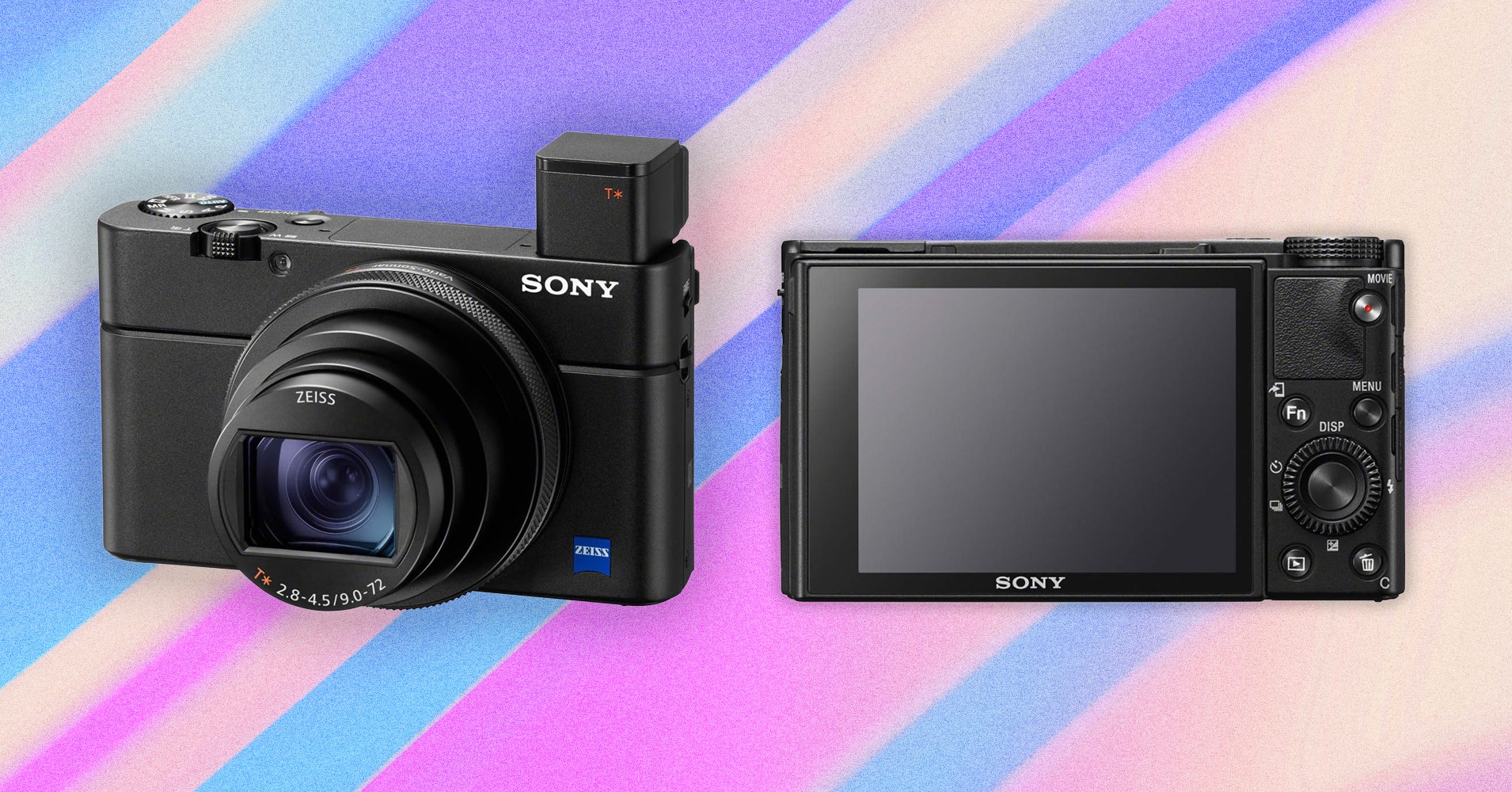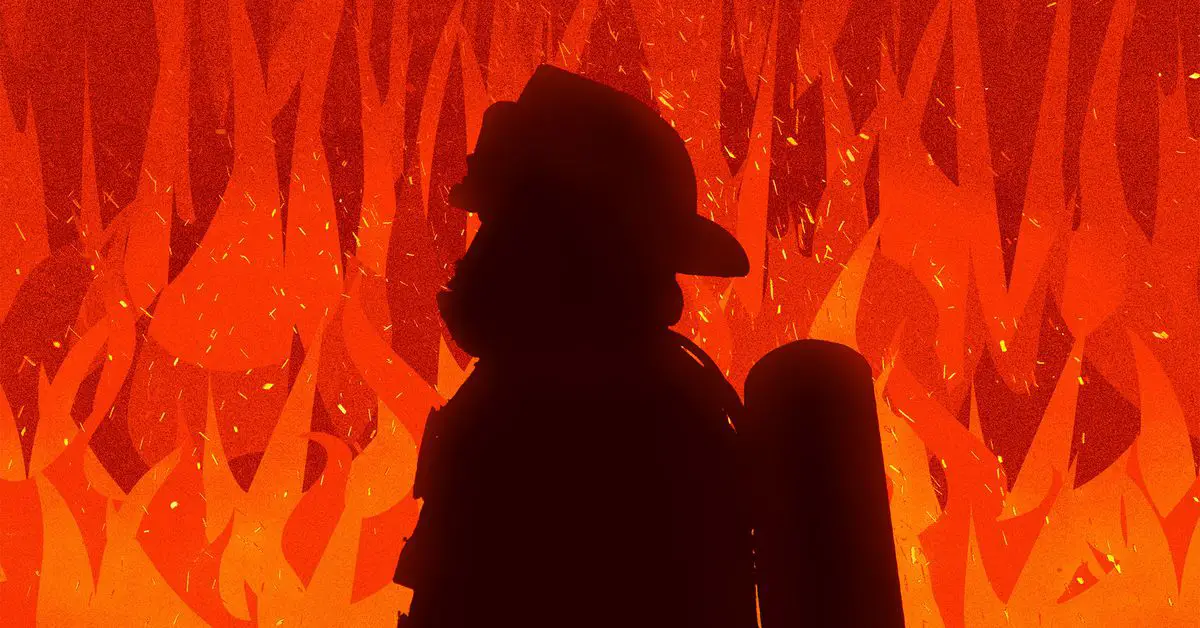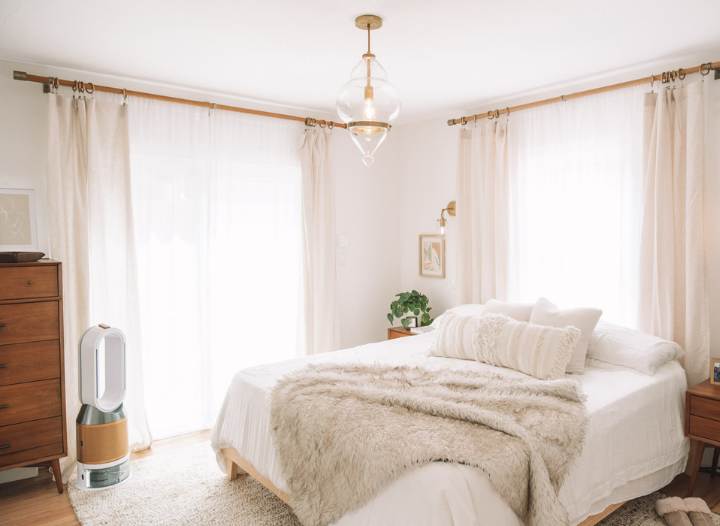
I was recently thumbing through a photo book at the library and ran across a double-page spread of a crowd surrounding a celebrity taken in 2008. The photo itself wasn’t great, but something jumped out at me—everyone was holding a compact camera. Canon Powershots, Nikon Coolpix, Sony Cybershots, and others I didn’t recognize littered the scene. Fast forward a few years, shoot the same image, and those cameras are now smartphones.
I get it. The phone is always with you and good enough for the selfies and snapshots most people capture. But … shooting with your phone isn’t much fun. I think this is why we’ve seen a huge resurgence in interest in compact cameras. People love “vintage” compact digital cameras, and some laughably bad cameras from the early aughts are selling on eBay for more than they did new, thanks to viral videos. To save you from overspending, I’ve tested and ranked all the compact cameras I could get my hands on—these are the best point-and-shoot cameras I’ve tried.
Check out our many camera buying guides, like the Best Mirrorless Cameras, Best Action Cameras, Best GoPro Hero, Best Instax Cameras, Best Camera Bags, and our step-by-step instructions on How to Choose a Camera.
Power up with unlimited access to WIRED. Get best-in-class reporting that’s too important to ignore for just $2.50 $1 per month for 1 year. Includes unlimited digital access and exclusive subscriber-only content. Subscribe Today.
What to Look for in a Compact Camera
If you want to upgrade from your smartphone to a dedicated camera, there are three key things to look for:
Size and weight: If it doesn’t fit in your pocket, are you going to carry it around? Part of the appeal of a pocket camera is that, ahem, it actually fits in your pocket. Except for the Fujifilm X100VI, all the cameras in this guide are small and light enough to carry in your pocket.
Image quality: The larger the sensor the better, but also, the better the lens, the sharper and more contrasty your images will be. I’ve mainly suggested fixed-lens cameras for this reason; they typically have faster, sharper lenses.
Extra features: Phones are decent snapshot cameras, but they rarely have good macro lenses, built-in neutral density filters, or fast autofocus. If you’re investing in a pocket camera, look for nice extras like these.









